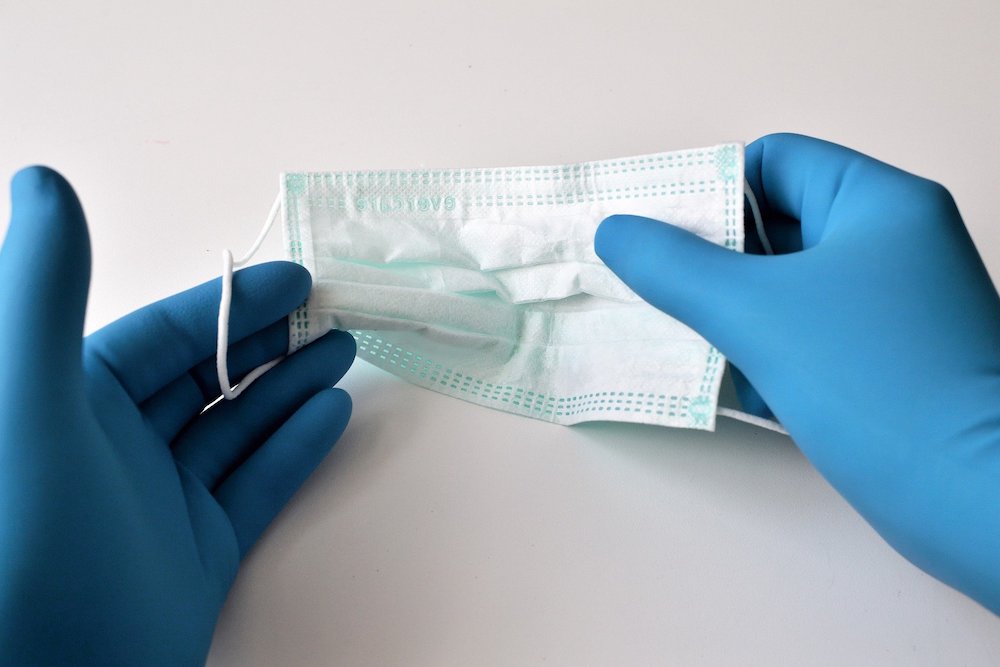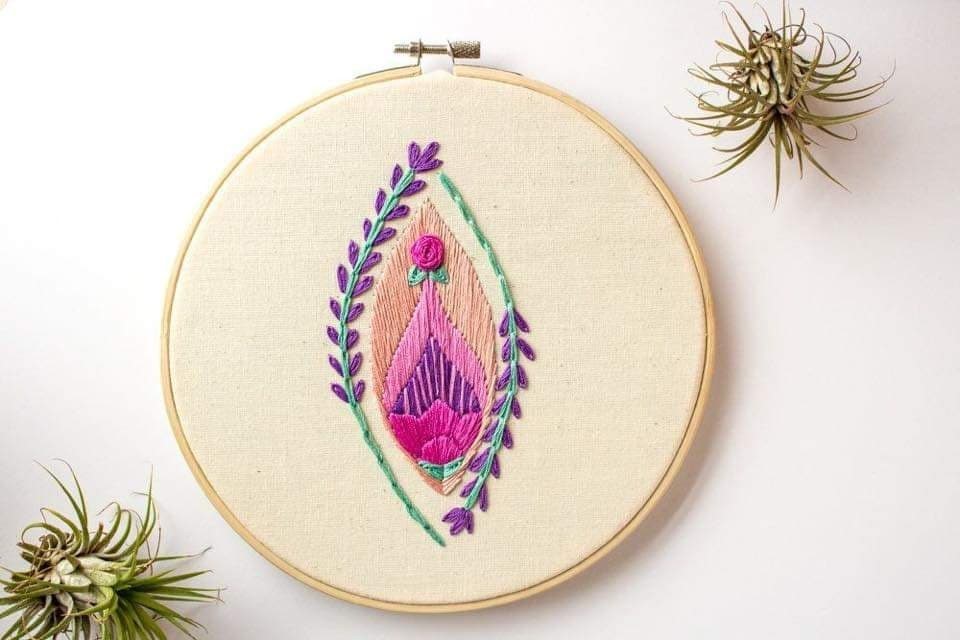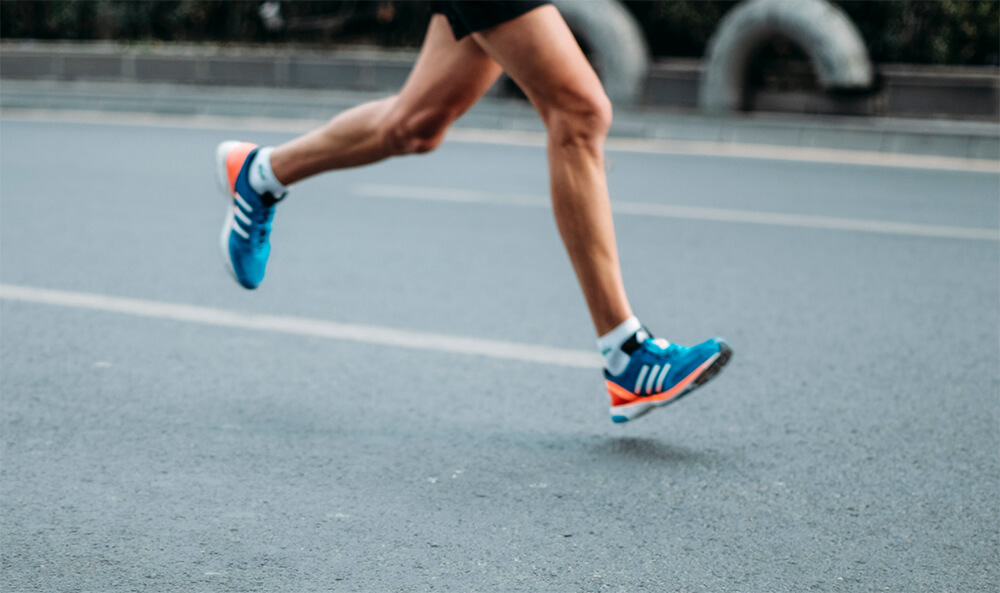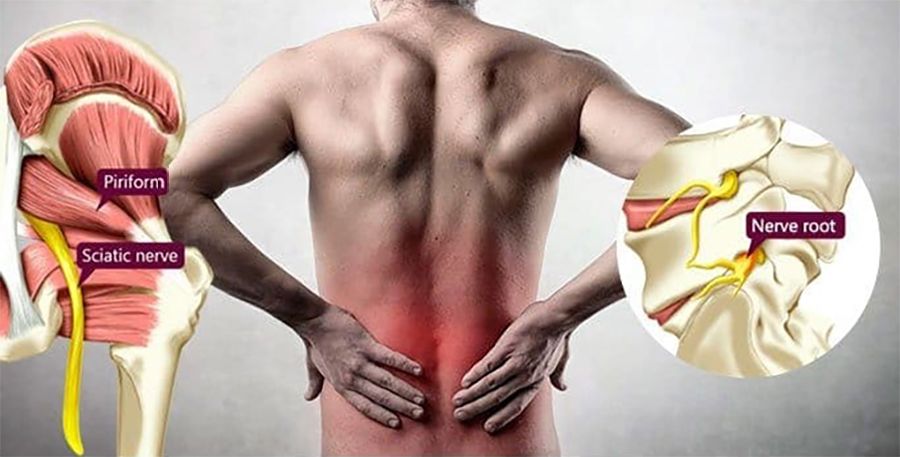Face-to-face Consultations
Hexham Physio continues to follow the national guidance provided by NHS England, Public Health England and our regulating body, the Chartered Society of Physiotherapy with regards to implementing policies and processes in relation to COVID-19 and maintaining a safe environment for patients and staff.
Hexham Physio Reopening
Following recently updated guidance from NHS England and the Chartered Society of Physiotherapy we are pleased to announce that we are able to offer face-to-face consultations, where clinically appropriate and necessary. We shall also continue to offer remote consultations for patients. Any patients requesting a face-to-face consultation will first receive a brief telephone consultation/screening from our clinician to assess clinical need and screen for any additional risk factors.
Benefits of exercising for older adults
No matter your age, it’s never too late to get fit.
There are many reasons why we tend to slow down and become more sedentary with age. It may be due to health problems, weight or pain issues, or worries about falling. Or perhaps you think that exercising simply isn’t for you. But as you grow older, an active lifestyle becomes more important than ever to your health.
Pfilates Method – Pelvic floor functional training
The importance of strength training and conditioning is self-evident. Nowadays people take great interest in fitness and that is supported by a growth in gym and home exercise utilisation. Despite this, there is very little awareness of the importance of pelvic floor fitness. The average person has some understanding of the relationship between strength training and basic movement such as running, jumping and lifting. At the same time, the relationship between the pelvic floor neuromuscular conditioning and its related functions- bladder control, sexual function, bowel control, and the support of the reproductive organs- is unclear at best.
Let’s talk about Pelvic floor
We all heard this term but do we really know what it means?
Pelvic floor muscles are the layer of muscles that support the pelvic organs and span the bottom of the pelvis. The pelvic organs are the bladder and bowel in men, and bladder, bowel and uterus in women. The diagram below shows the pelvic organs and muscles in women (right) and men (left).
Peace And Love For All Your Soft Tissue Injuries
A soft tissue injury is the damage of muscles, ligaments and tendons throughout the body. Most soft tissue injuries are the result of a sudden unexpected or uncontrolled movement like stepping awkwardly off a curb and rolling over your ankle. Injuries to these structures can be in the form of a muscle strain or ligament sprain. Recently British Journal of Sports Medicine has put forward the most current evidence based management strategies for soft tissue injuries.
Soleus the forgotten muscle for runners
Providing treatment post GNR and talking with some of the runners when asked how long they have they been training and how did they train, most of them answered “started running 10-12 weeks ago but I did not do anything else”. It is an answer that I often get when treating runners but is running enough for running? Errr ..no!
What is soleus muscle?
It is one of your three calf muscles that extend from the Achilles tendon on the heel up behind your knee. The soleus is responsible for pointing your toes downward and push-off when you’re walking or running.
Sciatica or Piriformis Syndrome?
Sciatica and piriformis syndrome can seem quite similar, particularly in terms of symptoms, and this similarity in how they feel has caused considerable confusion for doctors and patients alike. Some individuals have stated that they are actually the same thing, but despite similarities in symptoms, the underlying causes of the two conditions are different.
Sciatica refers to irritation of the sciatic nerve, that arises from nerve roots in the lumbar spine. The most common cause of sciatic nerve irritation, or “true” sciatica is compression of one or more of its component nerve roots due to disc herniation or spinal degeneration in the lower lumbar region. Sciatica usually begins in the buttock area and, depending on the severity of the underlying nerve compression and inflammation, may extend down the entire leg to the ankle and foot.









